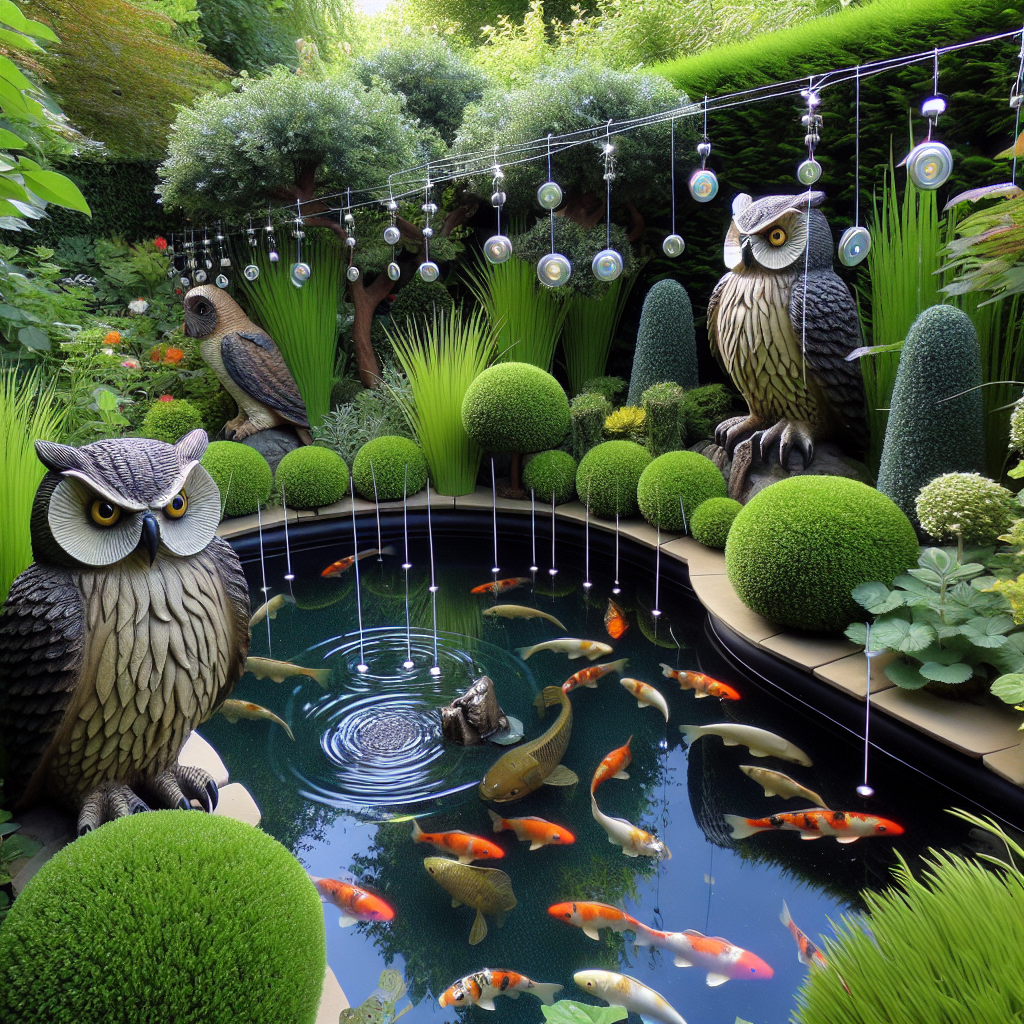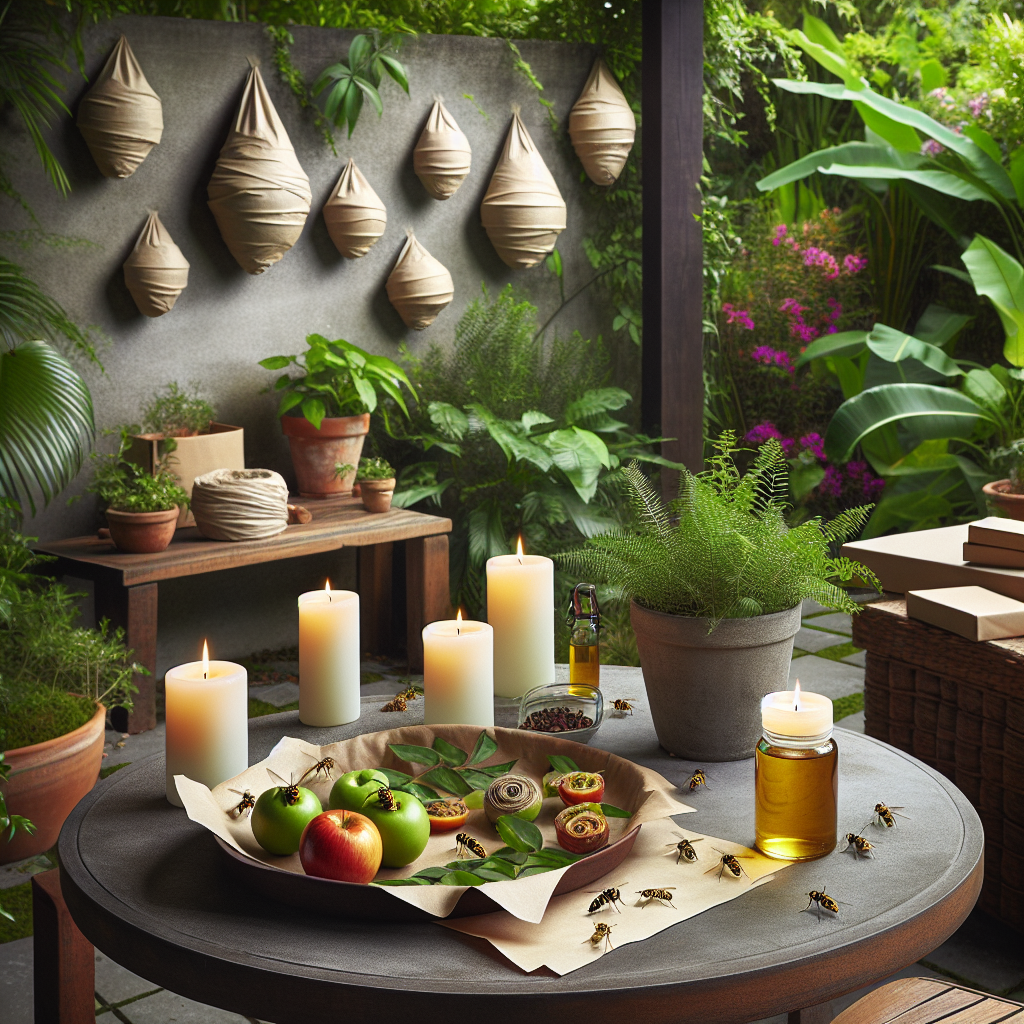Growing and Nurturing a Peperomia Plant in Your Home
Updated April 19, 2024 at 11:59 am

Overview of Peperomia Plant Care
- Pet Friendly: Peperomias are non-toxic, making them safe for homes with curious pets.
- Light Requirements: Prefers bright, indirect light but can tolerate lower light conditions.
- Watering: Allow the topsoil to dry out between waterings; be careful not to overwater.
- Humidity: Enjoys a moderate to high humidity environment, but it is quite adaptable.
- Temperature: Ideal temperatures range from 65-75 °F (18-24 °C).
- Difficulty: Generally easy to care for, making it a great choice for beginners.
Choosing the Right Peperomia
There are over a thousand varieties of Peperomia plants, each with unique features and care requirements. If you’re looking to add a Peperomia to your home collection, consider Peperomia caperata, known for its heart-shaped, rippled leaves, or Peperomia argyreia, which sports a striking watermelon pattern. Whichever you choose, these plants make an eye-catching statement without demanding too much attention.
Providing Optimal Lighting
Peperomias thrive under bright, indirect light, which can be achieved by placing them near a window with sheer curtains. Direct sunlight can scorch their leaves, so finding that sweet spot is crucial. If natural light is limited, you might consider an artificial plant light. The EZORKAS Grow Light, for instance, has garnered positive reviews for its multiple light modes and timer settings, making it easy to mimic natural light patterns.
Find This and More on Amazon
When and How to Water
Overwatering is a common issue with Peperomias. They have succulent-like leaves that store water, so it’s important to let the soil dry out between waterings. A rule of thumb is to check the top inch of soil; if it’s dry, it’s time to water. For precision, products like the XLUX Soil Moisture Meter are invaluable. Reviewers love this tool for taking the guesswork out of watering plants, ensuring you water your Peperomia just the right amount.
Find This and More on Amazon
Maintaining Humidity and Temperature
While Peperomias aren’t overly fussy about humidity, creating a more humid environment can promote lush foliage. You might consider investing in a humidifier like the Pure Enrichment MistAire Ultrasonic Cool Mist Humidifier, which has positive feedback for its quiet operation and long-lasting mist, providing the right environment for your plant without too much fuss.
Find This and More on Amazon
Avoiding Common Care Mistakes
Peperomia owners often run into a few common issues, such as overwatering, which can lead to root rot. Another issue might be leaf drop or yellowing, which often stems from sudden temperature changes or drafts. Consistency in care will prevent stress and keep your Peperomia healthy. Reviewers of the ThermoPro TP50 Digital Hygrometer attest to its accuracy in monitoring home temperature and humidity, helping you avoid these common pitfalls.
Potting and Repotting Tips
Peperomias prefer to be slightly root-bound in well-draining soil. A common recommendation is a mix of potting soil, perlite, and peat, which provides aeration and moisture retention. Repotting should be done only when the plant has outgrown its container, usually every 2-3 years. When selecting a new pot, the D’vine Dev Planter Pot with Drainage Hole has been praised in reviews for its modern design and functional drainage system that prevents waterlogging.
Find This and More on Amazon
Understanding Soil Types for Peperomia
Choosing the right soil is essential to the overall health of your Peperomia plant. These tropical beauties prefer a loose, well-draining mix that supports root aeration. You can create an ideal mix by combining two parts peat moss with one part perlite or sand. This recipe prevents compaction and ensures excessive water drains quickly. The FoxFarm Ocean Forest Potting Soil is often suggested by seasoned plant owners for its balanced pH and nutrient-rich composition. This soil has received excellent reviews for promoting healthy plant growth and its versatility with different types of houseplants.
Find This and More on Amazon
Pruning and Grooming Your Peperomia
Pruning can encourage a lusher, more compact plant growth. For Peperomias, it’s usually enough to trim away dead or yellowing leaves and remove any leggy stems. This not only freshens up the appearance but can lead to a healthier plant. To make clean cuts without damaging the plant, the VIVOSUN Gardening Hand Pruner has been lauded for its precise cut and ergonomic design. Gardeners appreciate how it’s gentle on the hands while making pruning an effortless task.
Handling Pests and Diseases
Like many houseplants, Peperomias may occasionally have to contend with pests such as spider mites or fungal diseases like stem rot. Prevention is key. Keeping your plant clean and monitoring regularly for pests will go a long way. Neem oil sprays, like the Organic Neem Bliss 100% Pure Cold Pressed Neem Seed Oil, are frequently recommended for their effectiveness in treating pests naturally. Users appreciate how it serves as both a pesticide and fungicide, protecting their Peperomias from a wide range of problems without harsh chemicals.
Propagation: Sharing the Peperomia Love
Propagating Peperomia is a simple and enjoyable way to expand your plant collection or share with friends. Leaf or stem cuttings can rapidly develop roots when placed in water or a moist potting mix. Many plant lovers use rooting hormones to facilitate faster root growth. Take Cut Rooting Powder gets positive remarks for its ability to stimulate root production in cuttings, helping you successfully multiply your beloved Peperomia.
Blooms and Growth Cycle
While Peperomias are primarily grown for their foliage, they do bloom with unique, spiky flower stalks called inflorescences. These flowers are interesting rather than showy, but they are a sign of a healthy, happy plant. Understanding the growth cycle of your Peperomia will help you anticipate and enjoy each stage, from new leaf formation to the occasional flower spike. Houseplant enthusiasts find that patience and consistent care reward them with a resilient and continually growing plant companion.
Creating an Aesthetic with Peperomias
The variety in leaf shape, texture, and color amongst Peperomia species makes them a perfect choice for plant collectors looking to add diversity to their indoor gardens. Arranging different species together on a shelf or plant stand can create a tapestry of greenery. For showcasing your Peperomias, stylish plant stands, such as those from Mkono, are popular for their durability and range of designs. They can elevate any plant display and have garnered reviews praising their ease of assembly and modern aesthetic appeal.
Dealing with Yellowing Leaves
Yellow leaves on a Peperomia can indicate a few potential issues, from overwatering to nutrient deficiencies. It’s important to diagnose the correct cause to address the problem effectively. Using a balanced, water-soluble fertilizer can help if the issue is nutritional. The Osmocote Smart-Release Plant Food Flower & Vegetable is a time-tested choice among plant lovers for its even, consistent feeding and ease of use. Users report improved plant vigor and fewer yellow leaves after incorporating this product into their regular care routine.
Maximizing Plant Health with Fertilizers
While Peperomia plants are not heavy feeders, they do benefit from the occasional application of fertilizer, especially during their growing season in the spring and summer. A gentle, balanced liquid fertilizer can provide essential nutrients without risking over-fertilization. The Miracle-Gro Indoor Plant Food has a reputation for promoting lush growth in houseplants. With its easy-to-use pump and balanced formulation, plant owners find it to be a convenient method for keeping their Peperomias flourishing.
Find This and More on Amazon
Understanding Peperomia Leaf Browning
Noticing your Peperomia’s leaves turning brown can be disheartening, but it’s often a manageable issue. This browning may be due to over-fertilization, dry air, or direct sunlight exposure. To remedy this, it’s suggested to flush the soil with water if you’ve over-fertilized. Consider relocating your plant to a spot with indirect sunlight and maintaining consistent humidity levels. A humidity tray or a light misting can also help combat dry air, ensuring your Peperomia stays green and healthy.
Choosing the Ideal Planter for Your Peperomia
Your Peperomia’s planter can also influence its health and growth. While design and aesthetics are important, functionality takes precedence. Your pot should have ample drainage holes to avoid water accumulation and potential rot. Terracotta pots are often preferred for their porous nature, allowing for better air movement to the roots. The La Jolíe Muse Terracotta Planter Range has been celebrated for their traditional, yet sleek designs that blend seamlessly into any decor while being incredibly practical for plant health.
Find This and More on Amazon
Seasonal Care Changes for Peperomia
As the seasons change, so do the needs of your Peperomia. In the cooler, darker months, your plant will grow more slowly, requiring less water and virtually no fertilizer. As spring rolls around, you can ease back into a more regular watering schedule and introduce fertilizers again to support the new growth. This seasonal ebb and flow should be embraced, adapting your care routine accordingly.
Peperomia as Office Plants: Do They Fit?
Peperomias can make excellent office companions due to their low maintenance nature and ability to thrive under fluorescent lighting. If you’re someone who spends hours at the office, having a Peperomia on your desk can bring a touch of greenery and even improve air quality. However, remember to check it regularly, as office environments can be quite different from home settings in terms of light and temperature.
Perfect Pairings: Companion Plants for Peperomia
Peperomias play well with other houseplants, especially those with similar care needs like Philodendrons and Ferns. When grouped together, they can create a mini indoor jungle that’s not only visually pleasing but also beneficial for increasing humidity around your plants. Additionally, companions with varying heights and textures can enhance the visual interest of your collection.
Peperomia Reactions to Chemicals in Tap Water
Some Peperomias may be sensitive to chemicals like chlorine and fluoride commonly found in tap water. This sensitivity can sometimes manifest as browned leaf tips or margins. If you suspect your tap water might be affecting your plant, consider leaving the water out overnight to allow some of the chemicals to dissipate or using filtered water for your plant’s needs.
Are Peperomias Right for Terrariums?
With their compact size and humidity preferences, certain Peperomia varieties are excellent choices for terrariums. Small and slow-growing types, like Peperomia prostrata or Peperomia orba, can thrive in the enclosed, moist environment of a terrarium. Just remember that not all Peperomias are suitable for terrariums; always research the specific needs of your plant variety.
Gift-Giving with Peperomias
Due to their easy-going nature and visual appeal, Peperomias make wonderful gifts for plant enthusiasts of any level. When giving a Peperomia as a gift, pair it with a care guide or a stylish pot to enhance the presentation and provide the recipient with a solid start to caring for their new green friend.
Final Thoughts on Peperomia Care
Caring for a Peperomia plant in your home is more than just following care instructions; it’s about creating a healthy environment and routine that allows your plant to thrive. Paying attention to the subtle cues your plant gives you is key. With proper care, these delightful plants can provide you with years of greenery and growth. Friendly reminders like not overwatering, providing indirect light, and maintaining a consistent environment will ensure your Peperomia remains a vibrant and attractive part of your indoor space. The joy of nurturing a Peperomia plant is in the journey of growth and learning, and the satisfaction of cultivating a small piece of nature within your home.
Shop more on Amazon

